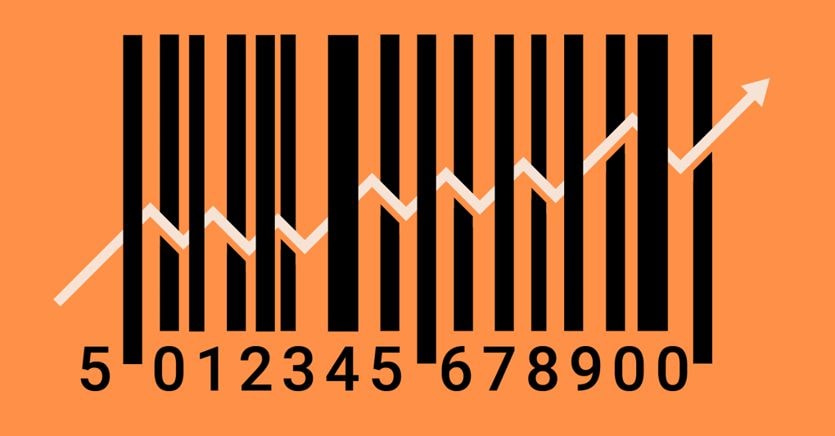Strong tensions on commodity prices, energy cruch, skyrocketing logistics costs, climatic factors. The post Covid seems to be punctuated by unprecedented flare-ups on production costs, which inevitably hit supply chains that are increasingly interconnected with each other. And all this, between the end of the year and the beginning of 2022, risks being discharged on final consumer prices with average increases estimated at between 2-3 percent.
But where could the price increases be most concentrated? If the increases on bills are now certain (+ 29.8% electricity, + 14.4% of gas for the typical family, as quantified by Arera), so much so that the forecasts have already prompted the Government to intervene urgently, also other products and services begin to register tensions on the price lists.
The risks on consumer goods
The main concern is the wholesale prices of agri-food, driven by the price of raw materials. To certify levels never reached in the last decade, in particular on cereals, are the data updated in September by the Italian Telematic Commodity Exchange (BMTI) compared to the same pre-Covid period, therefore purified of the lockdown effect: the explosion of the price of national durum wheat (+ 96%), after the collapse of the North American harvests, spilled over into the wholesale prices of semolina, which increased by 90% compared to two years ago. But the prices of soft wheat are also growing, so much so that the wholesale price of flour has risen by 19% since before the pandemic. The surges in vegetable oils are also keeping the wholesale prices of seed oils high in Italy (+ 69% on September 2019). And the higher costs are starting to fall on livestock feeding and, consequently, on the price of meat, milk and cheese: the increases in corn (about + 50%) and soy (+ 60%) compared to 2019 have to weigh.
“In mass consumption, characterized by a deflationary trend for over ten years, a possible change of scenario is worrying, even if the estimates say these are transitory phenomena”, says Carlo Alberto Buttarelli, director of studies and supply chain relations at Federdistribuzione. “It will take a few months – he adds – to measure the impact of these phenomena, purifying them of any speculative component”. In the meantime, the pressures to adjust the final prices are already coming from many places. «Some of these tensions have already been transferred to proposals for an increase in price lists by the industry – says Buttarelli – but these must then be discussed, avoiding transferring the costs to the consumer, especially on essential goods such as food. In the same way, however, one cannot imagine to contrast these pressures for a long time, much less to delay them beyond measure ».
Public tariffs
The increase in production costs and energy prices could generate a cascade effect in other areas as well. «The increases on bills – says Tiziana Toto, consumer policy manager of Cittadinanzattiva – are the most sensational we have ever witnessed in the last 15 years. The new energy and fuel costs will soon be reflected in everything else. We expect increases in local transport, already heavily penalized by Covid, starting from January when rates and season tickets are usually adjusted. As well as in waste disposal services ». According to data from the latest August Mise Price and Tariff Observatory, waste tariffs are up by 1.5% on an annual basis, with recent increases approved for example in Varese and Cremona. Adjustments were also made for the integrated water service (+ 2.8% on August 2020). But there are, after the suspensions of 2020, the positive trends on the rates of museums and nurseries and parking lots.
–


